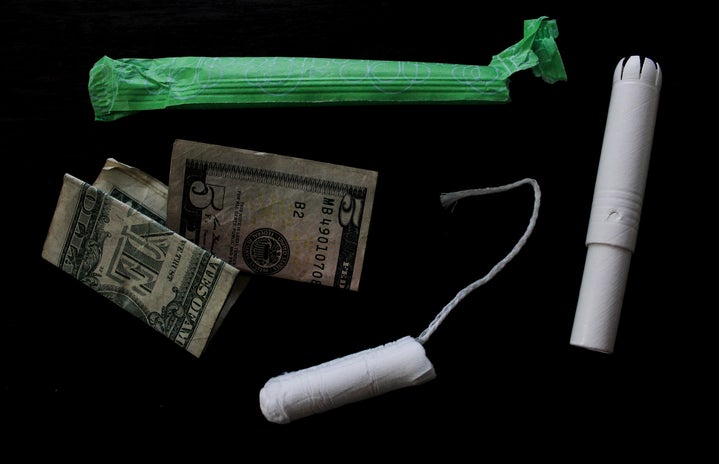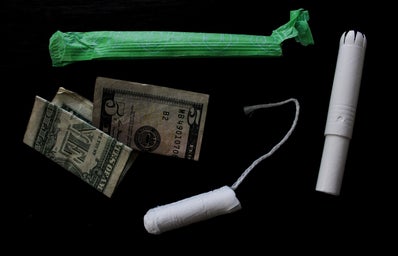“Uh oh… did my period just start?”
For anyone who menstruates, that feeling when you think your period has started is frightening. Suddenly you think, “Do I have any pads/tampons?”
And if you don’t, “Is there anyone I can ask for some?”
It’s a few moments of panic as you search through your bag. For many, the worst case scenario is making a makeshift pad out of toilet paper and changing into something more comfortable when you get home. Now imagine not having that option. Imagine not being able to afford any products to help with your period. Having to resort to public bathroom toilet paper or openly bleeding without the choice to opt out of those options. For those who menstruate, the feeling of having to exist in your own blood without protection can be uncomfortable and embarrassing. Unfortunately, society has put such a stigma on periods, that we internalize that stigma and sometimes feel ashamed. For menstruators who don’t have the choice to go home and use a product, they are forced into a lower state of physical and mental health. The lack of accessibility to products is one of the main aspects of period poverty.
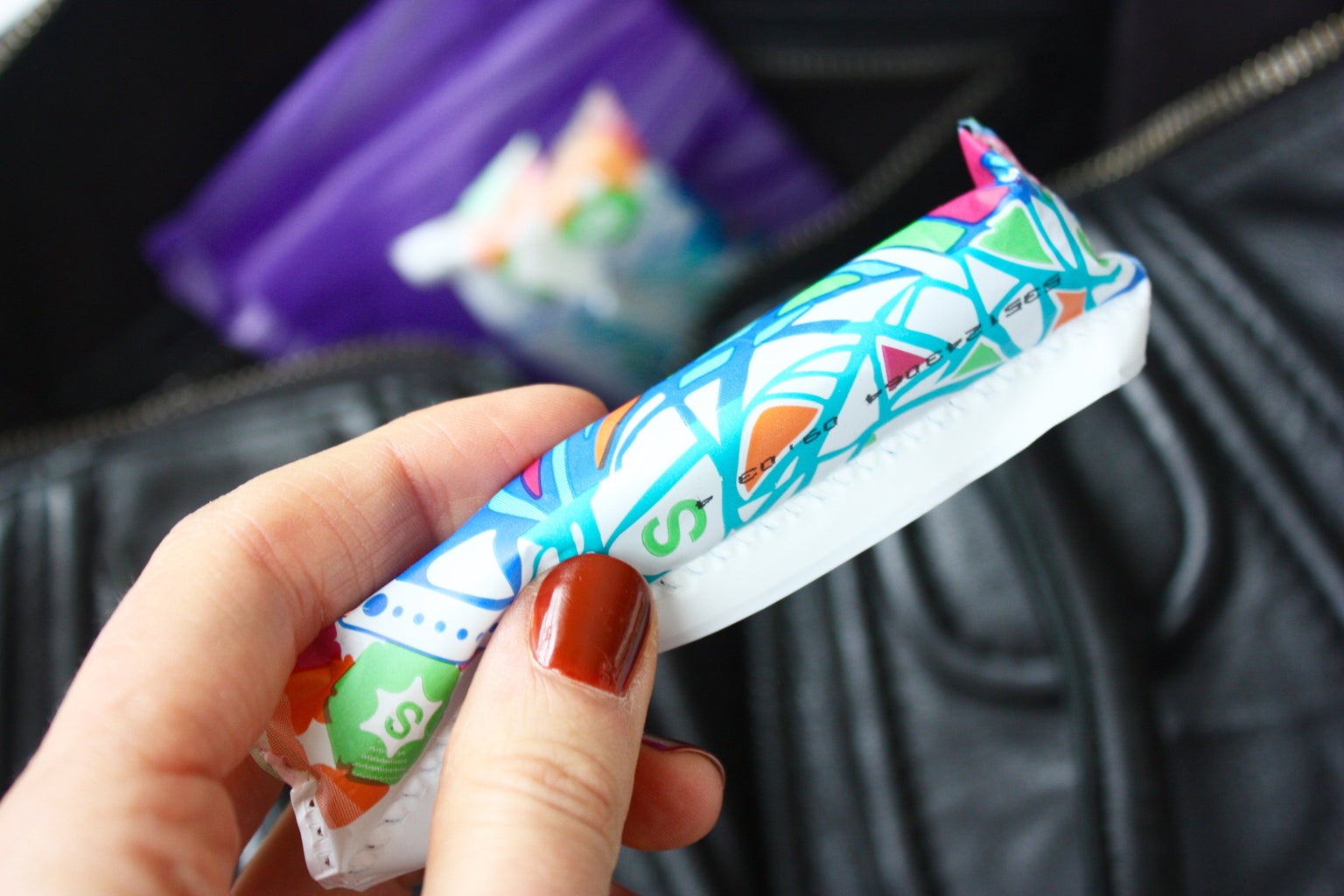
The Pink.Tax, an organization dedicated to fighting the tampon tax across the country, defines the tax as “a species of the [Tampon Tax] that involves governmental taxation of feminine hygiene products. In its more objectionable form involving overt gender discrimination some U.S. states exempted male oriented medical care products.” While not every state still follows the Tampon Tax, also known as the Pink Tax, there are many states that still do. Thirty states to be exact. One can draw the connection that period poverty is not just a societal issue, but is actually upheld by our governmental institutions. Not only does the Tampon Tax target menstruators, and women in general, it also directly targets those who are struggling with poverty.
In an survey done by Reuters in 2019, they found that “nearly two-thirds [of low-income women] couldn’t afford menstrual hygiene products such as tampons or pads during the previous year.” For menstruators, having access to proper hygiene products shouldn’t be luxury, it should be a right. People should not have to choose between their hygiene and what food they are able to eat that week. It isn’t right. In the same article, they state that “period products are not covered by government grocery-assistance programs such as WIC and SNAP.” Not only do some states tax menstruation products, but they also make them even more inaccessible to those in poverty. It is clear that menstruators are left to find alternative products– or literally sit in their own blood.
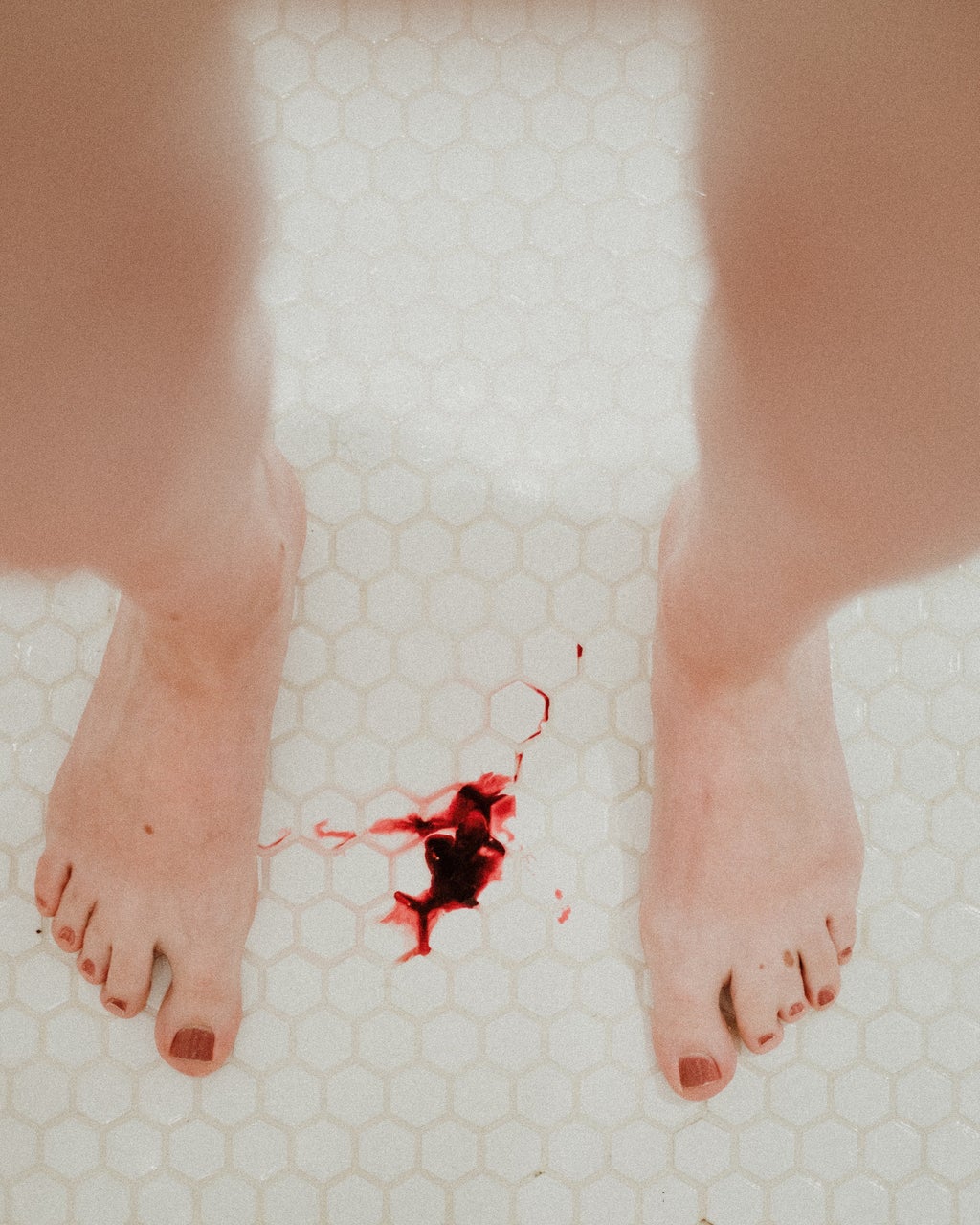
When I first began learning about period poverty, I only thought about a few of these communities. Correctional facilities/the prison system weren’t places I immediately thought of, which I recognize is a reflection of my own privilege when it comes to access to menstrual products. One community which many might identify with is the school and college community.
In a study published this year by George Mason University, they found that 14% of college women were unable to afford menstrual products “at some point in the year” and that “10% cannot afford them every month.” Within the same study, they found that 1 in 10 female colleges students experienced period poverty. As college students, we are tasked with keeping up with working towards our degrees, maintaining friendships, being active in clubs or sports, and even holding jobs. Somehow in all of this, menstruators soldier on during their periods. The fact that many menstruators continue on with their daily lives without proper protection is a heroic feat. Regardless of whether they are in college or not.
As with many things in life, Covid-19 has directly affected those who menstruate. In a survey done by WASH United, they found that, “47% of people who menstruate have found it more difficult to access menstrual supplies since the pandemic.” When everything shut down, so did people’s access to free products if available. Suddenly schools, the workplace, and health clinics were closed. It is important to note that this survey was taken globally, not just in the United States. If you are curious you can check out the study by location. Covid-19 has exposed the many failures that exist within our healthcare system and access to period products was a part of that.
In an article written by teenVogue, they spoke about how organizations, which help those who struggle obtaining menstrual products, struggled in the pandemic due to the loss of volunteers and money. In an article written by Huffington Post, a founder of one of these organizations named Dana Marlowe said, “In the spring of 2020, the group experienced a 38% increase in requests for products from both individuals and organizations.” It is without a doubt that the Covid-19 pandemic made period poverty worse for menstruators everywhere. While menstrual equality is becoming a political active issue as more legislation is being introduced and talked about, there is a lot of work to be done.
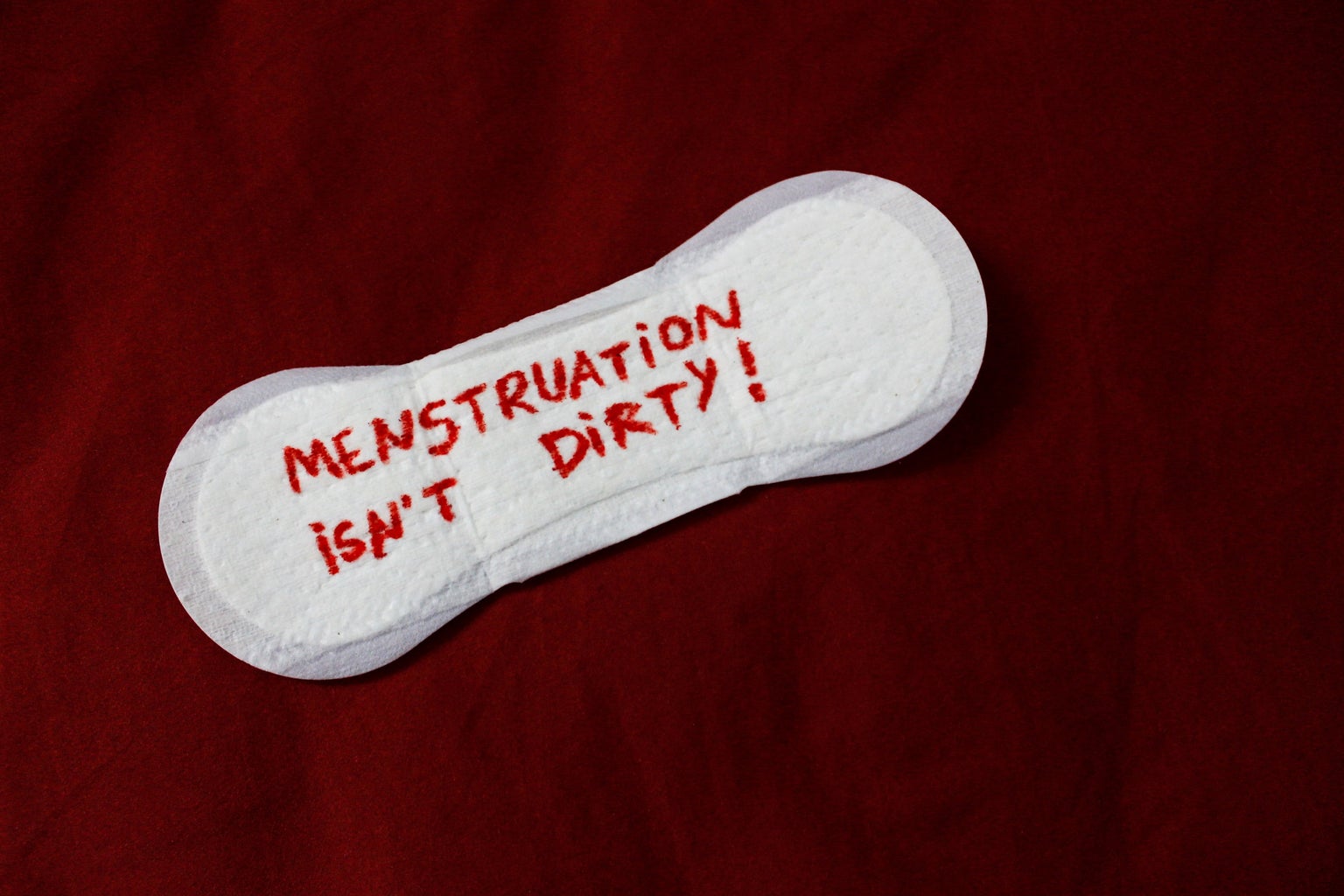
- https://www.homelessperiodproject.org/
- https://www.allianceforperiodsupplies.org/
- https://www.instagram.com/hatethedot/?hl=en
- https://www.helpingwomenperiod.org/
